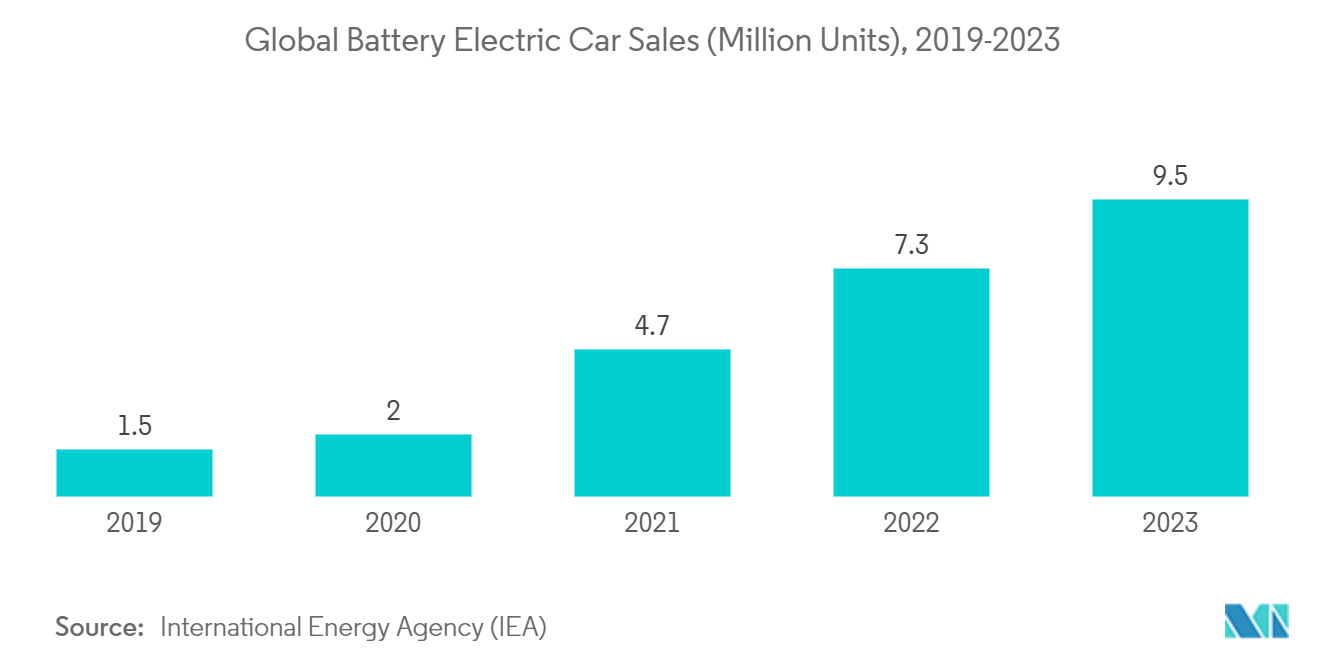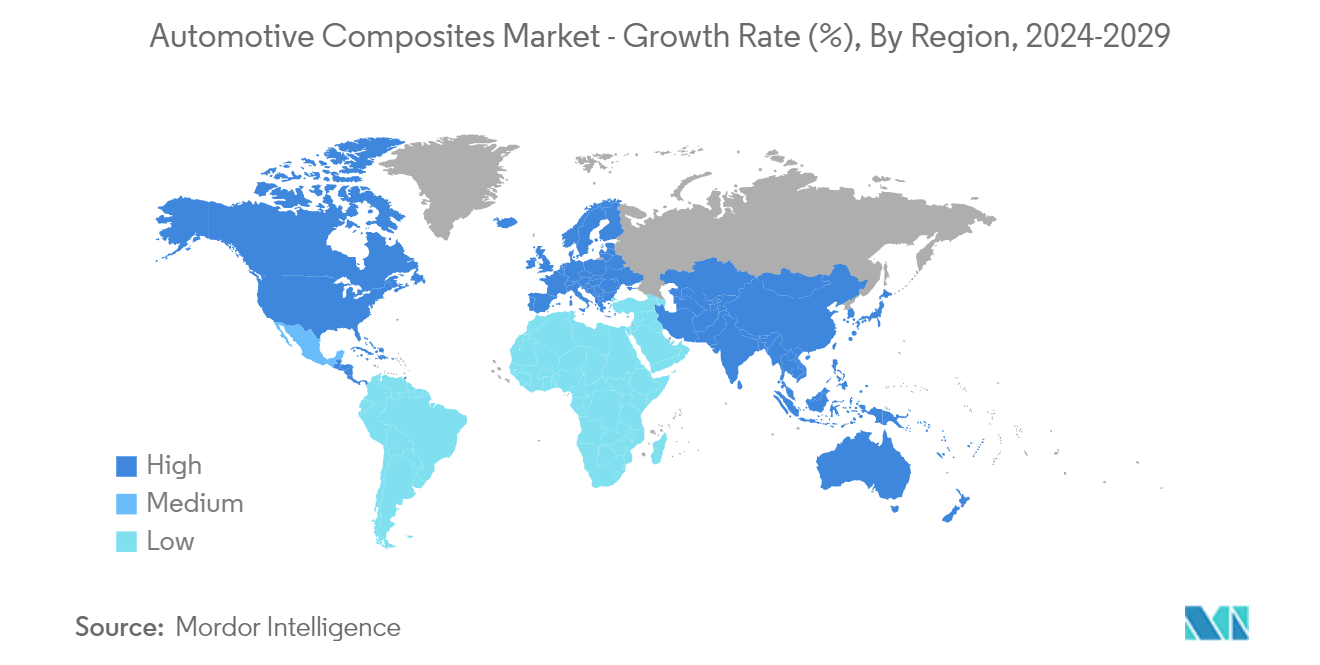Market Trends of Automotive Composites Industry
Carbon Fiber Segment Hold Major Growth
Vehicle production is on the rise, and as electronic technologies become more integrated into automotive design, the demand for lightweight components is set to soar. This shift not only mirrors advancements in manufacturing techniques but also underscores a growing consumer preference for fuel-efficient and sustainable transportation.
As manufacturers aim to boost vehicle performance and efficiency, there's a pronounced focus on weight optimization, all while ensuring safety and functionality remain intact. This emphasis resonates with consumers, who often view lightweight vehicles as more agile, economical, and eco-friendly. These dynamics are pivotal in driving the market for lightweight automotive components in the foreseeable future.
Utilizing carbon fiber in vehicle production not only bolsters durability but also prolongs the vehicle's life cycle. Moreover, composite materials used in exterior parts offer superior stiffness and play a crucial role in safeguarding occupants during accidents.
Recent years have witnessed the automotive industry undergoing transformative advancements, largely spurred by emerging technologies. A standout trend is the heightened adoption of lightweight materials in crafting auto components. This pivot is vital, enhancing vehicle performance while simultaneously boosting fuel efficiency and curbing emissions.
In an average automobile, fiber-based materials constitute about 50% of the total volume. Notably, a mere 10% increase in these lightweight materials adds only a slight weight increment. This equilibrium is essential, enabling manufacturers to bolster component durability and strength without hindering vehicle performance. As these advancements progress, the industry is poised for even more refined applications of lightweight materials, heralding the next generation of vehicles.
Stricter emission standards are fueling a surge in electric vehicle demand, leading to a heightened reliance on lightweight composite materials. In response, many composite part manufacturers are pivoting towards mass-producing natural fiber composites. Harnessing fibers from flax, these composites can be compression-molded into automotive interior panels, achieving a remarkable 70% reduction in plastic usage and a 50% weight decrease compared to conventional composites.
As developing economies rapidly embrace the demand for lightweight vehicles, the carbon fiber composites market is poised for swift expansion in the coming years.

Asia-Pacific leading the Automotive Composite Market
Asia-Pacific stands at the forefront of the automotive composites market, closely trailed by Europe and North America. This dominance is primarily fueled by the surging demand for lightweight materials, a cornerstone of contemporary automotive design.
In Asia-Pacific, the automotive sector is booming, driven by technological advancements in manufacturing and a growing consumer appetite for fuel-efficient vehicles. Coupled with this, stringent emission regulations are pushing manufacturers to explore innovative composite materials. These materials not only lighten vehicle weight but also bolster performance and sustainability. Consequently, the global automotive industry is placing heightened importance on integrating these lightweight composites into manufacturing processes.
India's automotive sector is witnessing a surge, largely fueled by rising consumer incomes. As more people ascend to the middle class, their enhanced purchasing power is driving up the demand for personal vehicles. This growing demand is further amplified by an increasing recognition of the advantages of car ownership, including convenience and mobility.
Furthermore, there's a notable shift in consumer inclination towards lighter vehicles. This shift is driven by an increased awareness of fuel efficiency and the environmental ramifications of automotive choices. As consumers become more attuned to their carbon footprint, they're gravitating towards vehicles that promise superior mileage and reduced emissions.
In response, manufacturers are channeling efforts into pioneering designs and technologies that align with the demand for lighter, eco-friendlier vehicles. This transformation in the automotive realm underscores a broader dedication to sustainability and efficiency, especially in light of India's swift urbanization and economic expansion.
India ranks as the fifth-largest producer of both light and commercial vehicles and holds the title of the second-largest producer of two-wheelers. Given the nation's rapidly expanding manufacturing capabilities, the appetite for carbon fiber composites is set to rise in the coming years.
There's a burgeoning global appetite for customized automobiles, especially among younger consumers drawn to personalizing their vehicles akin to high-performance sports and racing cars. This isn't merely a passing trend; it underscores a profound yearning for individuality in automotive expression.
In manufacturing, thermoset composites have long been pivotal in crafting racing and luxury sports cars, celebrated for their lightweight and durable nature. As these trends intertwine, they are set to elevate the automotive composites market to new heights, heralding an era of innovation and personalization in the automotive domain.
Recent advancements in the region signal a significant uptick in demand for composite materials in automotive manufacturing. Manufacturers, in their quest for lightweight yet durable materials, are turning to composites to boost fuel efficiency and performance. This trend underscores the industry's dedication to innovation and points to a brighter, more sustainable future in automotive engineering.


